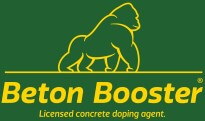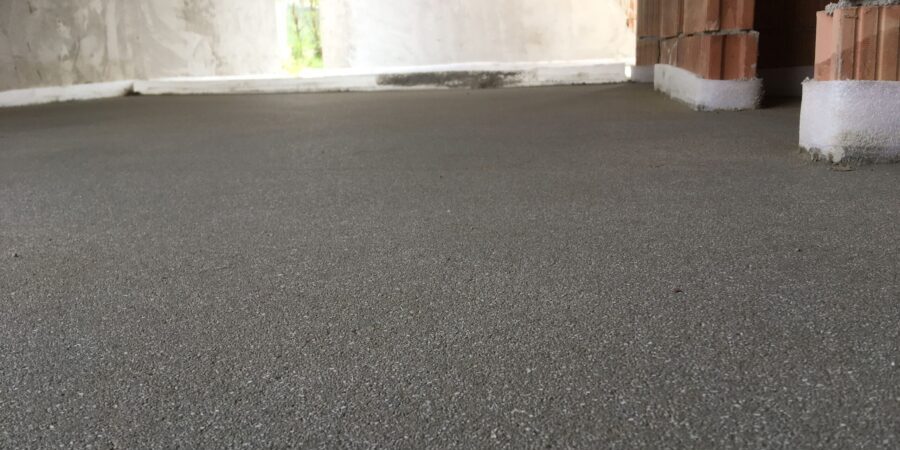A common topic is the thickness of the floor slab concrete, and the answer is multifaceted.
The floor slab concrete is the concrete layer in a building that provides a stable surface for receiving floor coverings. The floor slab concrete is typically made from a special type of concrete known as screed concrete.
Screed concrete is a flexible and easily spreadable concrete with a maximum particle size of about 4-5 mm. It is often mixed with various additives, such as flow agents like Vip-Rex SF to facilitate work, or fiber reinforcement like ArmoTec to enhance durability.
However, screed is not always made of concrete (cement screed). There are gypsum screed, self-leveling screed, magnesium, poured asphalt, and resin screed as well. The thickness of the floor slab concrete also depends on the material used.
It should be a low-shrinkage concrete with minimal tendency to crack. Therefore, the traditional gravel-cement-water solution may not be an excellent solution. The main function of the concrete substrate is to establish the appropriate level for the flooring, ensuring a flat and generally horizontal surface.
Additionally, it covers and protects the insulation, pipes, and wires running through the floor, or in the case of underfloor heating, it forms a heat-retaining mass. It also plays a role in load distribution. There is a relevant standard specifying a thickness of 6 centimeters for the concrete substrate.
However, it is still possible to deviate from this both upward and downward.
It often happens that existing conditions limit our maneuverability, and achieving a 6 cm thickness for the floor slab concrete may not be feasible.
The thinner we are forced to make the concrete substrate, the greater the risk. If the thickness of the floor slab concrete falls below 6 cm, only use concrete sourced from a factory or concrete plant.
Three types of screed are distinguished based on the method of installation:
- Bonded screed: In this case, the screed is applied onto an existing concrete surface and spread after priming. It does not actually bond with the underlying surface, but it adheres well to it. In the case of bonded screed, the thickness of the floor slab concrete is a minimum of 30 mm. With the use of special concrete, this thickness can be reduced to as little as 1 cm.
- Floating screed: In this scenario, a membrane is laid on the existing surface. In this case as well, the minimum layer thickness is 40 mm.
- Floating screed on insulation: When a technological membrane is placed for insulation, and the screed is poured onto it, the layer thickness ranges from 40 to 80 mm, depending on the thickness of the insulation and the load. A special variation of this is the heated screed, where underfloor heating is incorporated into the concrete substrate. In such cases, the thickness above the heating pipes must be considered, which is 45 mm.
Important!
- Setting Time: The setting time is the duration during which the concrete substrate hardens sufficiently to allow for pedestrian traffic and partial loading without issues. In the case of cement screed, this is typically 2-3 days.
- Curing Time: Curing time is the duration for the screed to reach the expected, final strength. For concrete, this period is typically 28 days.
- Drying Time: Drying time is the duration required for the concrete substrate to dry to a condition suitable for covering. This depends on the screed material, layer thickness, as well as temperature and humidity conditions.
Screed can only be covered when it is sufficiently solid and adequately dried. Many flooring problems arise because the drying time is not patiently awaited.
Floor slab concrete is often reinforced with steel mesh, but this is challenging to place properly in a thin concrete layer.
If you prefer to avoid the expensive and cumbersome spatial mesh, choose ArmoTec fiber reinforcement, which can replace the mesh.
Calculate with our calculator how much you can save with ArmoTec fiber-reinforced concrete compared to the traditional spatial mesh solution.








